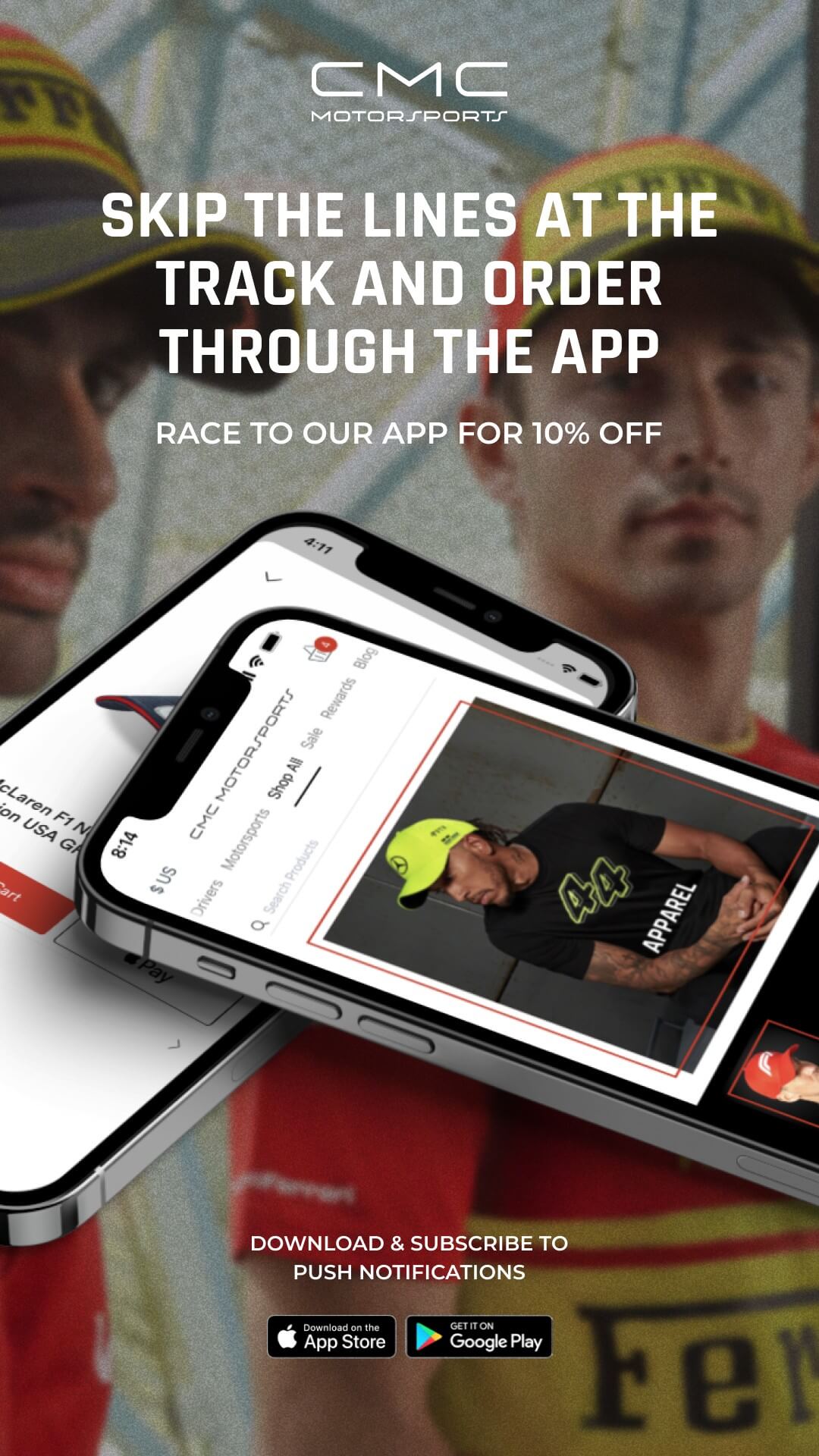How to Watch Formula 1 Racing Events and Not Be Entirely Lost

Perhaps you’re curious about the globe-trotting Formula 1 event circus and want to check out a race. Or you’ve heard about Lewis Hamilton and would like to see why he’s so amazing. Awesome - you’re in the right place to learn how to watch formula 1 racing, and hopefully your first race won’t be your last.
Formula 1 Racing Teams
First things first - Formula 1 is both a team and individual sport. There is both a driver’s championship and a team “constructors” championship. Points are awarded based upon the finishing order of the race with teams taking a combination of points of each of their drivers. This dynamic means that while you drive for a team, your #1 competition is your teammate. Currently there are 10 teams with two cars apiece, one driver per car.
Race Weekend
With the team dynamics out of the way you should understand that an F1 race isn’t just a race but instead a 3-day event. Friday is dedicated to two practice sessions where drivers and teams dial in their car’s setup. Saturday is one more practice session and then qualifying to determine the start order. Sunday is race day.
Practice sessions are for the über-fans so we’ll focus on qualifying and the race.
Qualifying for Formula 1 Events
There are 3 sub-sections to the Formula 1 qualifying rules. Overall you’re trying to go as fast as you possibly can so you make it into the next section of qualifying. In Qualifying 1 you’re trying to not be one of the 5 slowest cars. Those who are the 5 slowest have their start position for Sunday set and qualifying is over for them. Qualifying 2 is the same thing - the next 5 slowest cars have their start position set. Finally, in Qualifying 3 the top 10 cars set their start position for the race, with the fastest car taking Pole Position. With the 3 qualifying sessions done, the race’s start order has been set. I absolutely love qualifying. 1st and 5th can be separated by the blink of an eye.
Race Day!
An F1 race begins from a standing start. What this means is the potential for absolute bedlam at the first turn. If you’re jonesing to watch a crash at a Formula 1 event, it’s most likely to happen at the first turn. Should everyone get through the first two or three laps unscathed, here are the things to look for:
Drag Reduction System (DRS)
On certain straightaways cars will be allowed to open a flap at the rear of the car that allows the car to go faster. This makes for more passing opportunities.
Tires
There are a couple of different types of tires a car can use. A driver can use a harder, slower, more durable tire; a medium-hard, medium-speed, semi-durable tire; or a softer, faster, less durable tire.
Pit Stops
The rules mandate that cars must use two of the three available tire types, thus requiring at least 1 pit stop to change tires. This makes strategy quite interesting. Do you drive flat out, wreck your tires and pit early for more durable tires? Or do you try and make your tires last longer, pit later, and then switch to the softer and faster tires for a sprint to the finish? These strategy decisions are one of the many reasons I love Formula 1 events. As an aside, F1 pit stops are poetry in motion. You’ll see upwards of 25 people working to change 4 tires in under 3 seconds.

Race finish
When the race is over, points are awarded. The winner receives 25 points, second place 18 points and so forth on down to 10th place which is awarded 1 point. Individual drivers take their points if they place in the top 10 and add to any points they already had. Teams add points from either car in the top 10 to their existing points. At the end of the season championships are awarded to the driver and team with the most points.
Now you know how to watch a Formula 1 race weekend without feeling lost. When you settle on a favorite team or driver, head to cmcmotorsport.com - the exclusive F1 team apparel distributor for the United States - for all your F1 fan apparel needs.
If you’d like to learn more about Formula 1 events, qualifying rules, and more, head on over to f1explained.com to subscribe to the F1 Explained podcast where the nuances of F1 are laid out in an easy to digest manner.
About the Author:
Jared Nichols has been a Formula 1 fan for a decade and a car nut his entire life. He is the host of the F1 Explained podcast where he and special guests make Formula 1 accessible to all. Subscribe wherever you listen to podcasts.











